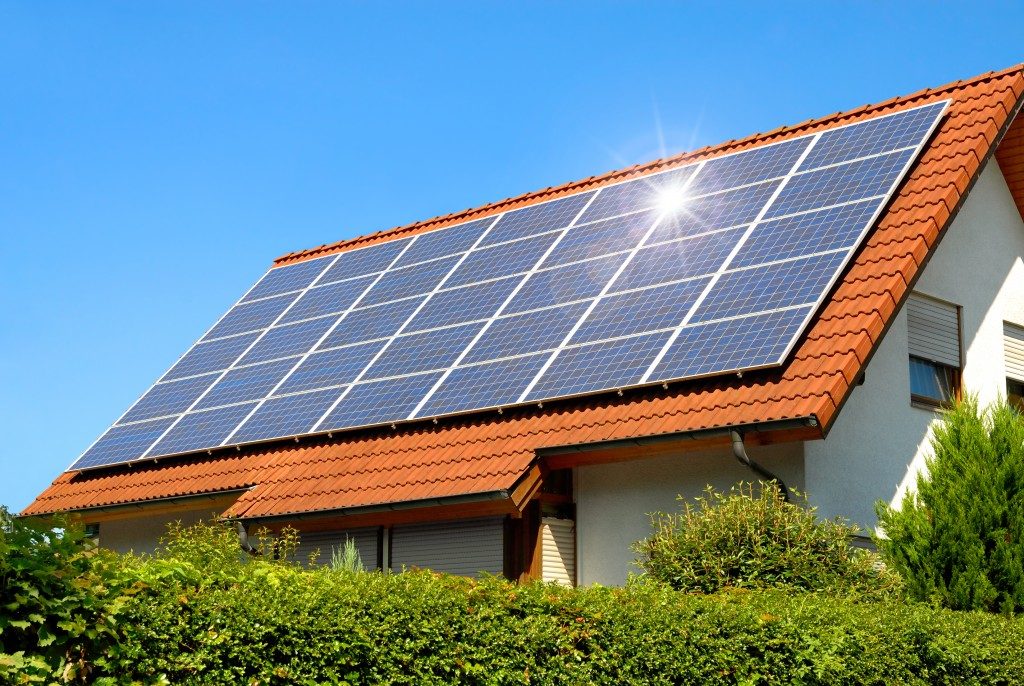As we deal with today’s uncertain and constantly changing climate, we are more aware than ever of the need to be sustainable and minimize our carbon footprint. Putting this into practice can begin quite literally with your own home. If you’re thinking of a renovation or redesigning your home, the surface design is a key to improving your energy efficiency. Here are some considerations.
Solar energy
Even though the surface of the earth captures only 71% of the solar radiation reaching our planet, it provides enough energy to power up to ten times average household consumption on a clear day. Receiving such a constant stream of energy is what enables plants to grow, and solar cells to store power. But most homes were not built to properly harness any of this energy. In fact, because of design neglect, many houses absorb too much or too little heat from the sun. This creates the need to expend more energy to regulate the temperature of our homes to suit the prevailing climate.
Circulation
In our homes, heat transfer mostly occurs via convection. The heat from the sun strikes the surface of the home, which becomes warmer than the interior. The gas molecules in our indoor air receive this energy and transfer it as air circulates through our house. This is why homes can remain cool for a while in the morning while the sun rises, and stay warm a bit after the sun has set.
In even the smallest organisms and cells we can observe the principle of surface-to-volume ratio affecting the diffusion of substances. Our red blood cells are flattened for better transport and diffusion, but our fat cells are round to better conserve energy for when reserves are needed. The same principle scales up to the structures we build. Compact homes in a cold environment can retain precious warmth better; expansive buildings with large open spaces facilitate circulation and cooling in hot climates.
Designing the surface

Given your specific environment, and knowing the importance of surface design, you can make the most of planning your new home with your team of professionals and experts. You can construct shade, or utilize naturally occurring structures like trees, to absorb less heat from the sun. You’ll also be able to select specific materials for their energy efficiency and function, rather than for appearance alone.
A principle called passive solar home design uses large south-facing windows to let the sun into the house, where it is directly absorbed by strategically placed masonry. Using darker colors with this strategy allows you to absorb even more heat.
To increase your surface area and ventilation, consider adding composite rainscreen panels. By providing an added surface layer, these structures create space for airflow between the faced and the actual walls of your home. They are also easy to maintain and replace while providing protection to your home’s exterior.
Solar panels can also be installed if your house meets certain conditions – the passive energy stored can further offset your already reduced energy costs. It can be another significant expense to front, but going for energy efficiency is all about the long term benefits.
Increasingly, we are turning to conservation and sustainability in our everyday lives. Remaking our homes to suit this ideal has never been more important. Surface design isn’t just about looks, it is the biggest factor in how we can passively regulate the energy we receive from the sun every day.
